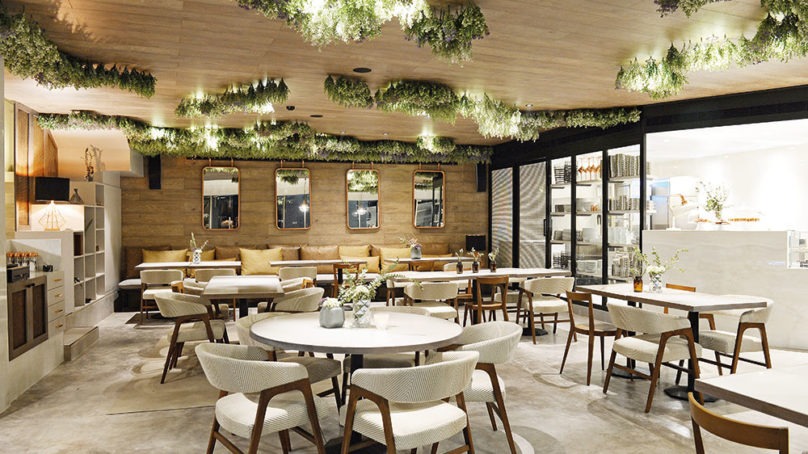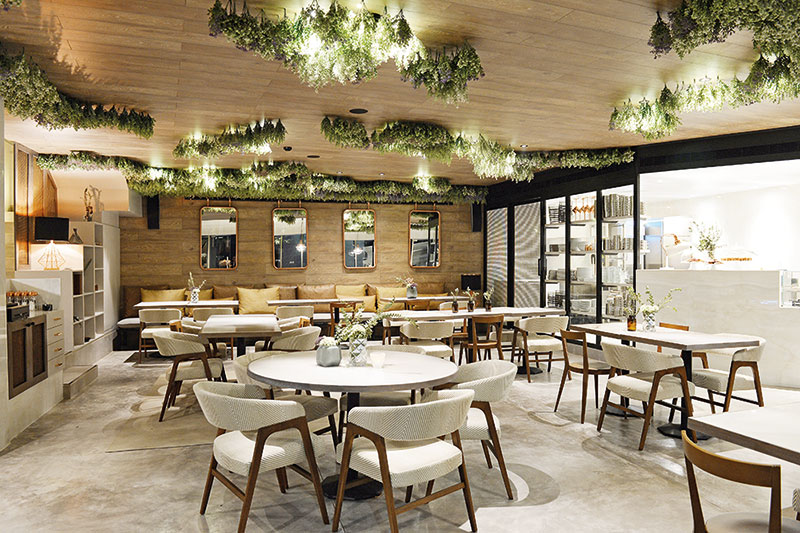Seeing a need to offer a service to the thriving F&B sector in Lebanon, Delphine Gebran Interior Architect was created eight years ago. Comprising a young and dynamic team, Gebran’s company began to grow exponentially and today has an impressive portfolio of private and public projects, both locally and throughout the region, with an emphasis on restaurant design.
What is this type of design all about?
Some believe that it only relates to picking colors and fabrics. However, the process also involves having technical knowledge of how restaurants work. In getting these outlets to function as intended, considerations such as flow and movement are central. In that regard, we also need to create an environment that is both right and efficient by imagining how everyone inside the space will interact. After all, the objective is to create a unique world to keep the visitors coming back, since offering delicious food alone is no longer a sufficient recipe for success, but is rather a prerequisite.
To what extent can the design contribute to the effectiveness of the space?
All the incorporated elements contribute to the operations of that space. If guests find difficulty, for instance, in grabbing a drink from the bar area, or their hot food arrives cold, then the space has failed. What is central is to have the front and back of house function in tandem.
What are three main factors to consider prior to the design phase?
A well-thought-out approach begins with extensive market research, continues with gaining a firm grasp of current and future lifestyle trends and concludes with strategic execution. However, there is a pitfall a designer should take heed of. Plenty of architects adopt trends without understanding them and end up falling victim to them. Therefore, research concepts should not be based on what is out there, as these designs will become outdated by the time the project is completed. For this reason, it’s important to look beyond the dominant style and strive to create something unique and timeless.
What are the challenges when adapting foreign concepts to the local setting?
The character of a restaurant should represent and reflect the relationship between the space, its food and surrounding community. As a result, the design should make sense on a local level to arrive at and achieve a sense of the familiar.
What design flaws are common to restaurants?
People generally dislike sitting near the kitchen, restrooms and entrances, which is why it is very important to study the view from each seat and try to find an advantage for the visitors who will be occupying the available spaces.
What factors affect visitors’ length of stay?
The furniture needs to have visual appeal and should not only be practical, but also durable. Another design layer is lighting, which should be well thought out. Remember that in a fast-paced world, the notion of luxury has transformed from rich interiors to unique experiences.





















